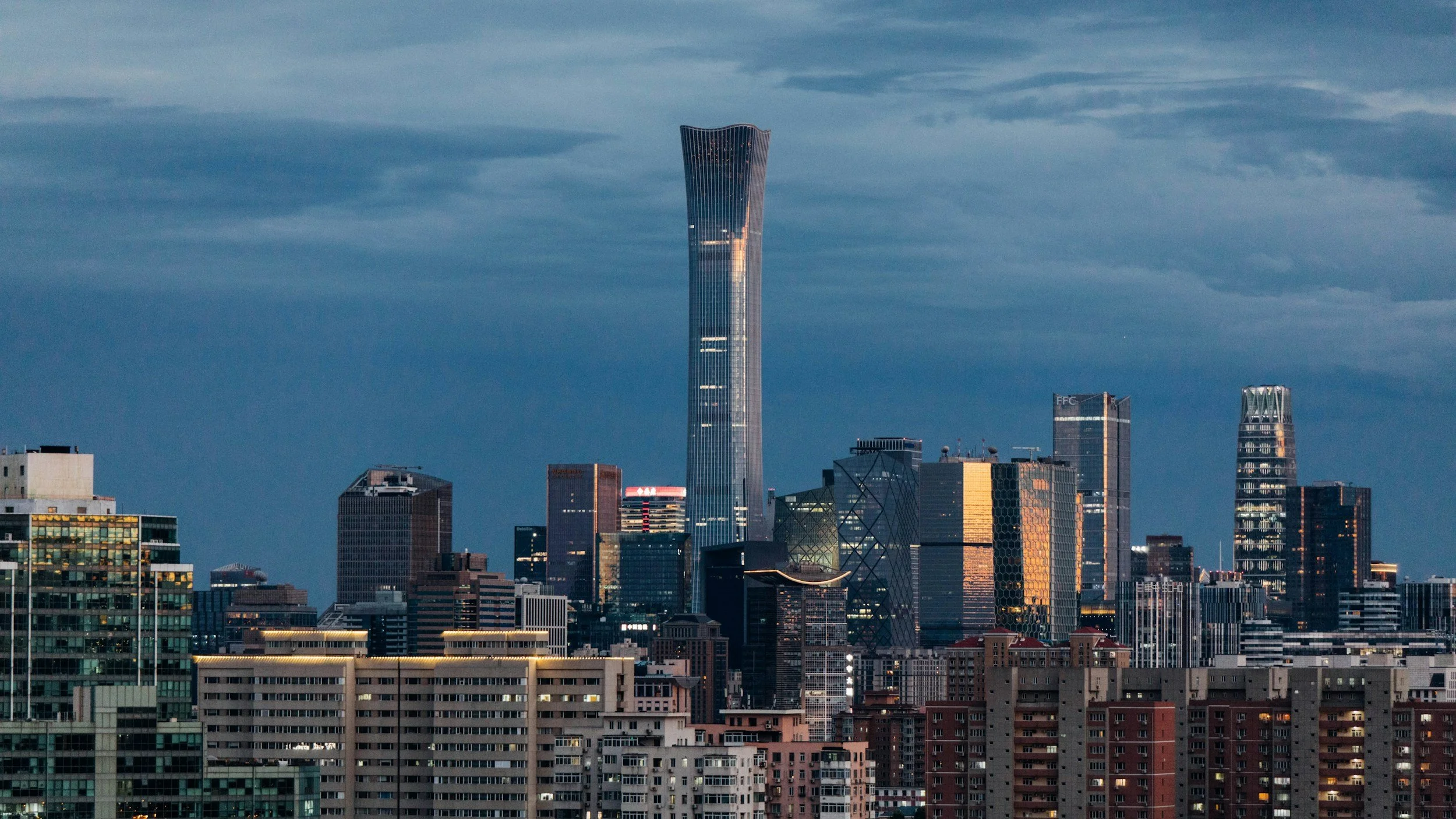3. Beijing
The city of modern Beijing was the centre for a number of former empires whose dynasties evolved over many years.
Now unified and greatly modernised, Beijing as the capital of the People’s Republic of China (PRC) has both liberalised and changed dramatically since the Cultural Revolution under Mao Zedong.
Whilst the former ‘Forbidden City’ remains essentially preserved as a museum, it is instantly recognisable, as described upon its revelation by Marco Polo on his travels 750 years ago.
“Now there was in old times a great and noble city called Khanbaliq, which is to say ‘the city of the Emperor’… and the Great Khan caused a new town to be founded nearby called ‘Dadu’. This new city has a compass of 24 miles; each side has a length of 6 miles and it is four-square. It is walled with walls of earth, ten paces thick at bottom, and a height of more than ten paces; but at top, they are about three paces thick. And they are provided throughout with loop-holed battlements, which are all whitewashed. There are twelve gates and over each is a great and handsome palace, so that there are on each side of the square three gates and five palaces; for there is at each angle also a great and handsome palace… The streets are so straight and wide that you can see along them from end to end and from one gate to the other. And up and down the city there are beautiful palaces, and many great and fine hostelries and fine houses in great numbers. Moreover, in the middle of the city there is a great clock – a bell – which is struck at night.” *
Yet more recently, a modern visitor commentated differently 40 years ago, as follows:
“Something impersonal and unfinished pervaded the whole metropolis of Beijing. Often I felt as if I was not in a city at all but on a building site where a city might one day be created… Across the tarmac desert of its roads, the flat-blocks and Soviet style institutions rose as featureless as cardboard… I was feeling displaced from some other capital, perhaps an imagined city – imperial Peking, whose walls and temples had been hacked away… Even the city’s plan was vaguely estranging. The mediaeval Chinese who invented the magnetic compass, laid out their capital according to an intricate geomancy so that its dead straight streets and gates inscribed a sacred force-field out from the emperor’s inner palaces to the farthest reaches of the empire…
The walls and gates had almost gone now, pulled down in the Revolutionary firmament but they left behind this mystic gridiron fattened to six or eight lanes (highway). Its roads sliced through the mesh of alleys and courtyards like the imposition of some unrepealable law... Compared to the Beijing of ten years ago – a city still frozen in the puritanism of Mao's revolution – all this was unimaginable – but the changes were now everywhere… I abandoned the avenues and slipped down side streets into a maize-world of alleys and courtyards. These ‘hutongs’ are still the living flesh of Beijing, and once inside them, it shrinks to a sprawling hamlet. The lanes are a motley of blank walls and doorways, interspersed by miniature factories and restaurants. Each street is a decrepit improvisation on the last.” **
The first extract clearly describes the ‘Forbidden City’ which remains as the central axis at the centre of Beijing today.
The second describes the loss of much of the indigenous building and housing in the ‘hutongs’ with their closed courtyards and communities. Now the centre has expanded radially outwards with its many ring roads circumscribing the city in ever more distant circles.
Complemented by a complex underground rail and metro system, this is expanding into poly-nucleated centres as the sprawl of Beijing towards the port of Tianjin in Hebei (Ji) is forming the ‘Jing-Jin-Ji’ megalopolitan agglomeration, wholly unrecognisable from its former rural enclaves.
*Marco Polo – The Travels of Marco Polo – London, 1920.
**Colin Thubron – Behind the Wall – Random House Group, 1987.

